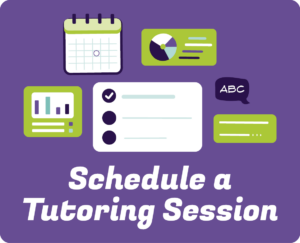Current students, below you will find important information regarding your transfer pathway, four-year institutions, and the resources and support that we offer to all students at WCC.
Transfer Degree Plans
- Associate in Arts Two Year
- Associate in Arts Fast Track
- Associate in Arts – Teacher Prep
- Associate in Fine Arts – Music
- Associate in Science Two Year
- Associate in Science Fast Track
- Associate in Science – Teacher Prep
Four-Year School Information & Resources
- Planning for College (CFNC)
- Transfer Guides – A Transfer Guide maps a student’s pathway from associate college transfer degree completion, to admission into a major at a UNC System university, and finally to baccalaureate (bachelor’s) degree completion. The Transfer Guide lists the preferred math, science, and elective courses a student needs to take in order to successfully transfer from the community college to the 4-year institution.
- The Importance of Visiting Four-Year Schools Before Transferring
- Transfer Students – Articles & Blogs


